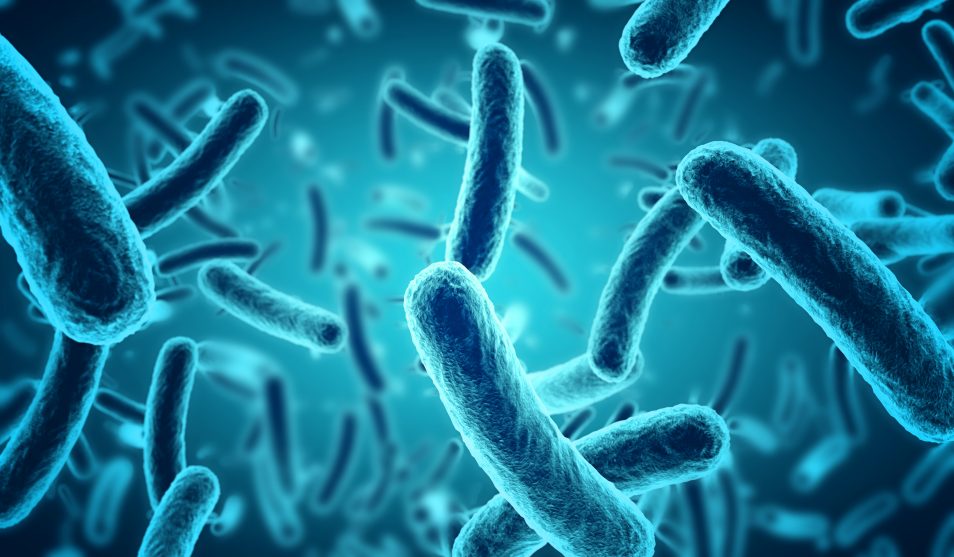
Tiny organisms or microbes, such as bacteria and archaea, can be used to treat mine wastewater to remove contaminants.
Capturing a mining site’s tiny, yet complex, microbial community and putting it to work to ‘clean itself up’ could bring a revolution to the way mining water is remediated. This is important as mine production processes can leave contaminants in wastewater and impact on the natural environment if not managed effectively.
By cleaning up these contaminants, microbes – including bacteria and archaea – are proving to be clever little helpers in wastewater treatment. The right concoction of microbes can either oxidise or reduce undesirable metals or compounds (such as sulphate, nitrate or selenate) so they can easily be removed from wastewater.
Biological remediation solutions using microbes treat the water so that it can either be returned safely to the environment or recycled back into mine production. They can also clean organic impurities, reduce acidity and alkalinity, and capture valuable metals.
These processes can help to reduce operating costs when compared to some chemical treatments because metals can be more easily recovered and can use organic waste streams. This allows businesses to get more bang for their buck, making effective mine wastewater treatment economically beneficial as well as environmentally.
Developing new biological treatment solutions for mine wastewater
To develop new treatment solutions, our researchers aim to understand how the biology works in the minesite environment using DNA analysis to identify the types of microbes which exist in the mine water.
They may even go ‘bio-prospecting’ to explore natural environments, as well as contaminated sites to find microbes that thrive in harsh environments which can be added to the treatment. They then engineer the process so these microbes work to achieve what they want them to do. This might be finding the right mix of plants, the right temperature or the right pH to increase the activity of the microbial community.
The treatment processes may be combined with other chemical processes, such as our Virtual Curtain solution, for a more effective clean up.
Applying a wetland-like system at a Queensland gold mine site
Our team is working to combine biological treatments with Virtual Curtain at Evolution Mining’s Mt Rawdon gold mining operation in Queensland, where the company plans to adopt a wetland-like system to remove contaminants.
Our research will compare sawdust, plant material, ethanol and lactate to find the best material to ‘feed’ the microbes and support the treatment.
A constructed wetland could potentially be a cost-effective process to treat water to a stage where it is safe to release back into the environment. The wetland could be constructed while the mine is operating, and form a part of the mine closure plan.
Biotechnology applied to the resources sector is supporting better economic, social and environmental outcomes in regional Australia.


2nd February 2019 at 6:56 pm
i think it is great if we can clean up toxic waste without chemicals it is a winner
22nd January 2019 at 3:08 pm
Good to see that the CSIRO is catching up with research from overseas. With luck, they may even realise that, to maximise biofilm development within treatment wetlands, they could install vegetated floating islands to massively increase the surface area colonised by bacteria and algae – see http://www.fiatechnology.com.au for more information